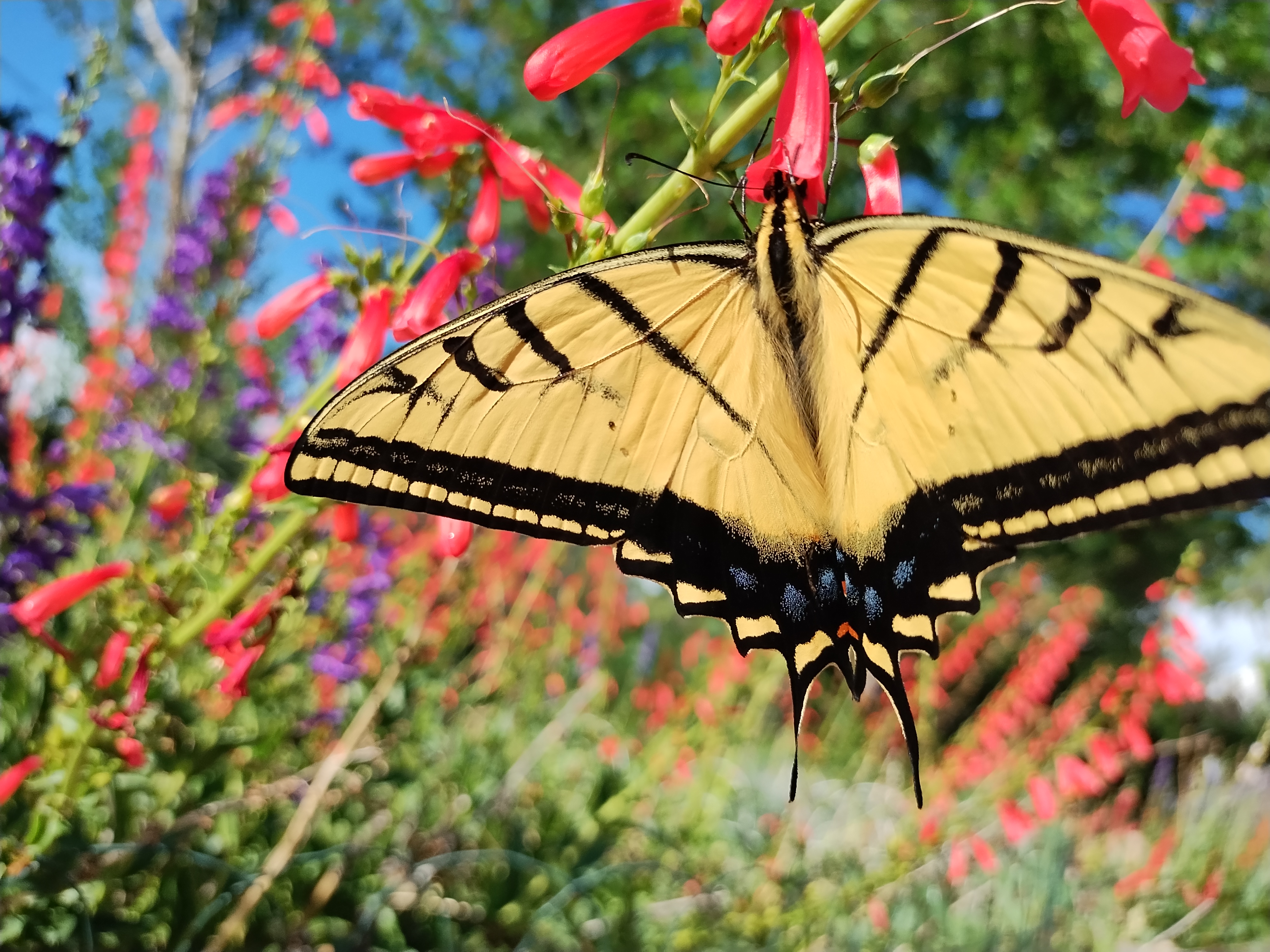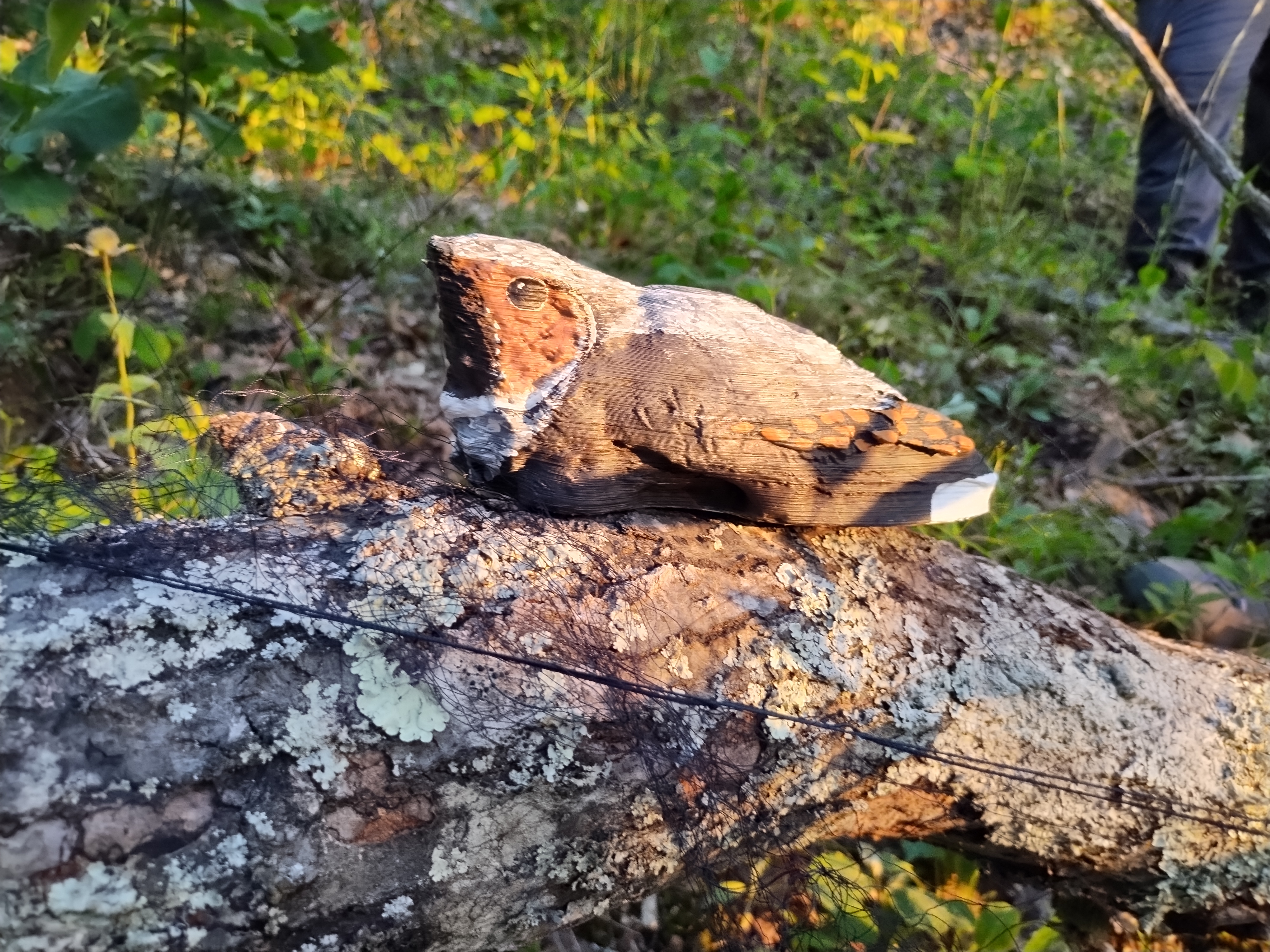In 2015, I took up local birding. I (mostly) traded the long drives and chases for lifers, rarities, and other novelties for time in nearby habitats.
Back then, I lived near 6th and Grant Street in Cap Hill , an over-paved, over-developed, and yet somehow still developing neighborhood in central Denver, Colorado. The nearest hotspot to my studio apartment was Denver Botanic Gardens and, adjacent to the Gardens, Cheesman Park, the smallest of Denver’s three “major” city parks.
Birders ironically refer to Cheesman, for its decent collection of spruces, as “Denver National Forest.” The park is better known for its ghosts and its reputation, only partly well-earned, for seediness. (I’ll spare you the stories of what I found under those majestic spruces, while searching for owls.) The Gardens, for its part, is known for magnificent, but heavily trafficked collections of native and exotic plants.
Birds? Less so. At the start of 2015, eBirders had reported 82 species of birds in the park and Gardens.
To be sure, the Botanic Gardens had already proved itself a migratory pit stop for birds like Green-tailed Towhees and Rock Wrens, both somewhat uncommon in metro Denver.
But when 2015 began, my ambitions were modest. Good thing too. Over the first three months of 2015, during which I made 23 visits to the park and Gardens, I’d seen but thirty-seven species of mostly ultra-common birds. The most notable were “late” Say’s Phoebes and Yellow-rumped Warbler, not all that uncommon around Denver in winter.
Things changed for me on Friday, April 3.
The Wonder of Spring Snows
That morning, it snowed. Spring snows in Denver can be miracles, grounding migrants and quieting parks. I hope to never forget the May 11, 2014, storm that dropped huge flocks of sparrows and Yellow-headed Blackbirds everywhere. That weather on April 3, 2015, wasn’t as significant.
Even so, the snowfall delivered my lifer Sage Thrasher, which I found dashing around Cheesman’s mulched trees with robins. It also brought a messy woodpecker of inscrutable origin — a possible Red-naped X Yellow-bellied Sapsucker.

The next day, somehow, brought sun, crowds, volleyball matches, and Red Crossbill to Cheesman Park. My first few years in Denver, I’d chased reports of crossbill throughout the mountains, not realizing the bird is both common enough but also highly nomadic. I’d found one previously, a loner in a mess of brush. But here, just a mile or so from my apartment, was a flock of sixteen.
The crossbills stuck around for the better part of April.
Almost as soon as they left, a Common Poorwill arrived. I found it on my birthday, inadvertently flushing it from the Botanic Gardens’ lilies. The poorwill was a revelation for me — a bird easier to hear than see, hidden in plain sight, along the Gardens’ most popular trails. It suggested just how much might hide away among us, repurposing our urban landscape.

I spent most of the spring with that bird and, later, its apparent mate, before the two disappeared for the summer.

Apparently, the Gardens are a common stopover spot for poorwill. They’re now spotted at the Gardens annually.
By the end of the year, Cheesman’s and the Gardens’ eBird list had grown to 123 birds.
“New” birds included that thrasher, those Red Crossbill, the poorwills, a Brown Thrasher, and Philadelphia Vireo, all “good” birds for Denver. In fact, that vireo, which I found with Chris Rurik and which he identified, wasn’t just “good” — it was also apparently a county first for Denver!

I put “new” in quotes, because one of Denver’s first birders, W.H. Bergtold, first reported most of these birds at Cheesman circa 1900-1910. No one insisted that he eBird, however. Read his reports here.)
Since then, local birders has grown the eBird list to over 150 species, adding rare warblers and a Long-eared Owl(!!!!!!).
The Joys of Local Birding
Birding Cheesman, I learned that local birding distills for me two of the great joys of birding — the thrill of the chase and the subsequent satisfaction of discovery. It did so by changing how I measure the “good” birds.
Cheesman hosts, on average, fewer birds, fewer species, and fewer uncommon birds than do the genuine hotspots around Denver. Things can be drab or predictable. But that meant something else. Common migrants became uncommon, a pleasant surprise on a spring or autumn morning. Uncommon ones became treasures.
Rarities? The few I found, through the sound of kids playing, neighborhood dogs barking, and the passing traffic, made me feel like I never needed to find another bird again. (But I recovered soon enough.) That these discoveries can be made so close to home, often in places where no other birder is looking, makes them all the more rewarding.
Even as they become ever more satisfying, these sort of discoveries become, paradoxically, more difficult and yet easier still.
They become more difficult in a quantitative sense; rarities seem to prefer the larger hotspots, which are often at the edges of our human habitats and, so, outside most of our local birding circles.
They become easier, however, because familiarity with a local birding area brings local expertise.
The sounds of local parks become familiar; we can push those sounds safely to the background, foregrounding anything unfamiliar.
That’s how I found the crossbills at Cheesman, their strange call (to my ears) drawing me to a spruce. Birding around Centennial, I’ve also learned where, among the area’s minor hotspots, the birds like to congregate. When time is short or on local “Big Enough Days,” I can visit the pockets of brush, water, and trees where I’ve learned the uncommon birds often show up.
Since 2015, I’ve continued birding locally. I’ve just moved, south of Cheesman to Centennial, Colorado. (More on that later…) Over the past few years, I’ve discovered other joys of local birding.
Local birding is ecological birding
It roots me in my local habits, revealing to me some of the wild secrets of suburban life: the resting spots of mammals, favored perches of raptors, the cavities preferred by flickers, chickadees, & owls, spider tunnels & where the wasps live, tracks in the muddy spots around creeks.
In this way, it offers more than a life list; it offers, too, the chance for discoveries born of familiarity, discoveries that lay just beyond the surface of bird movements in the canopy or underbrush.
And it offers the opportunity to pursue uncommon encounters with common birds. With fewer birds to chase, one’s left with the nesting birds in parking garages.
Or, in my case, the Common Ravens that nest on a Macy’s sign at a local shopping center.
Local birding is communal birding
It binds me to my community, allowing me to share with my neighbors stories of my finds. It provides me opportunities to (possibly?) enrich others’ experiences of local parks and trails by answering their questions about common birds or pointing out the charismatic ones (“there’s the resident Red-tailed Hawk!”).
Local birding also provides opportunities to gently nudge neighbors in the right direction. I can correct myths about wildlife and ease unwarranted suspicions.
For instance, once, while doing a local big day, my companions and I were asked by a concerned homeowner if the flock of turkey vultures we were ogling would take his small dog. We convinced him they wouldn’t and, perhaps, made him ever a bit more open to his avian companions.
But this is a too way street, and my neighbors, seeing me eye birds, will share with me their recent encounter with a Great-horned Owl or a Red-tailed, perhaps, breadcrumb style, offering me enough clues to lead me back to where a bird spends its days.
Local birding is green birding
Drives are short, public transit is often available, bike rides and walks are carbon free.
Local birding is budget friendly
I spend less on travel. I spend nothing on lodging. All my coffee and meals out are purchased from neighborhood businesses.
It’s also flexible!
It fits into my schedule better than does extra-local or destination birding. I spend, too, less time in my car than I used to. And it can coincide with other activities — dog walks (looking at you, Goshawk!), shopping, yard work…
I may not be always birding, but you’d have a hard time knowing otherwise.





Leave a Reply